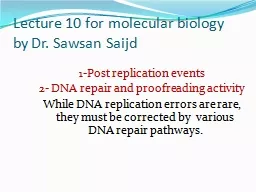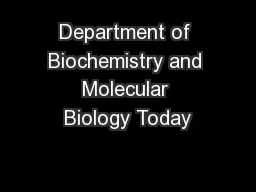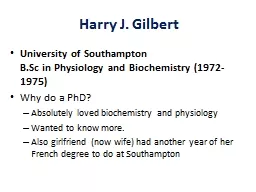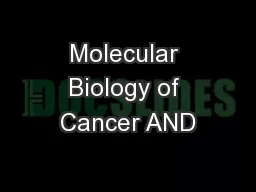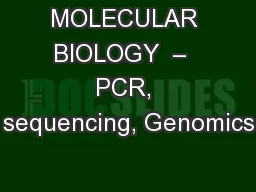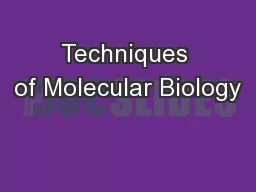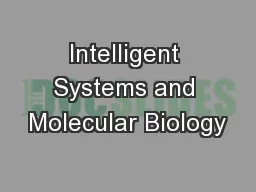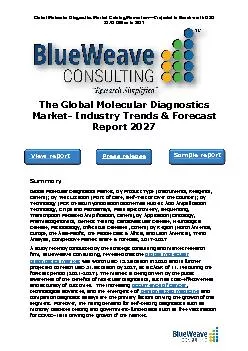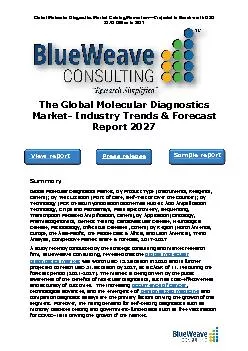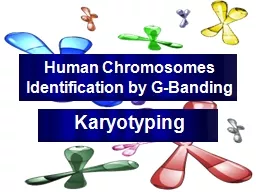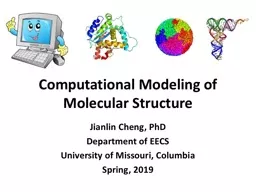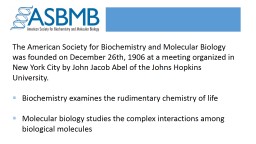PPT-Lecture 10 for molecular biology
Author : cheryl-pisano | Published Date : 2017-10-19
by Dr Sawsan Saijd 1Post replication events 2 DNA repair and proofreading activity While DNA replication errors are rare they must be corrected by various DNA
Presentation Embed Code
Download Presentation
Download Presentation The PPT/PDF document "Lecture 10 for molecular biology" is the property of its rightful owner. Permission is granted to download and print the materials on this website for personal, non-commercial use only, and to display it on your personal computer provided you do not modify the materials and that you retain all copyright notices contained in the materials. By downloading content from our website, you accept the terms of this agreement.
Lecture 10 for molecular biology: Transcript
Download Rules Of Document
"Lecture 10 for molecular biology"The content belongs to its owner. You may download and print it for personal use, without modification, and keep all copyright notices. By downloading, you agree to these terms.
Related Documents

